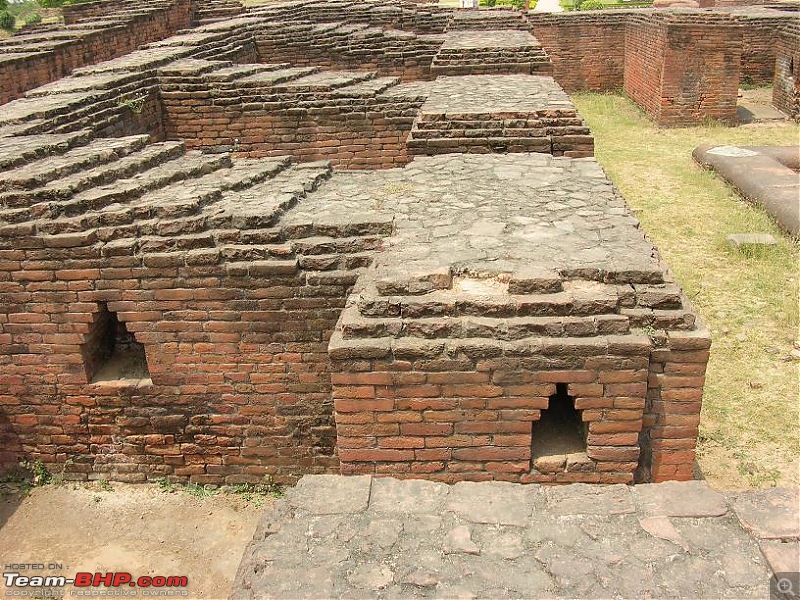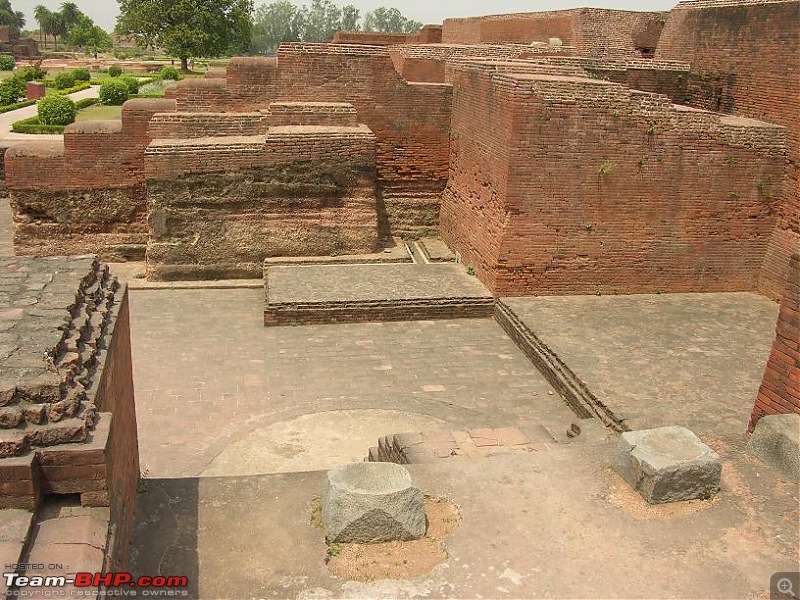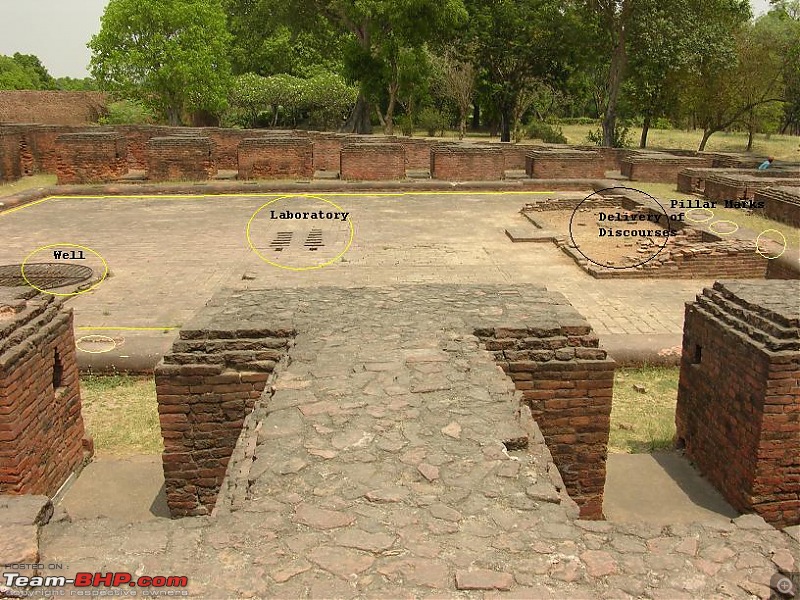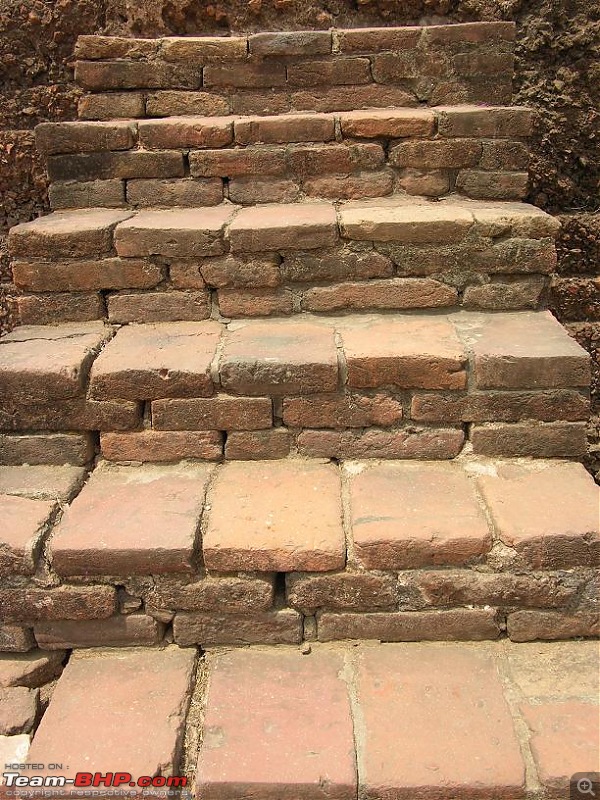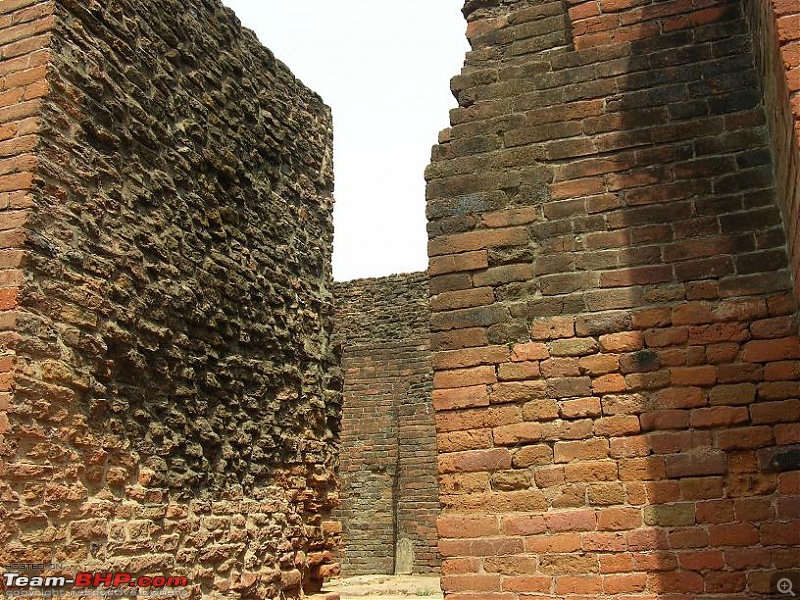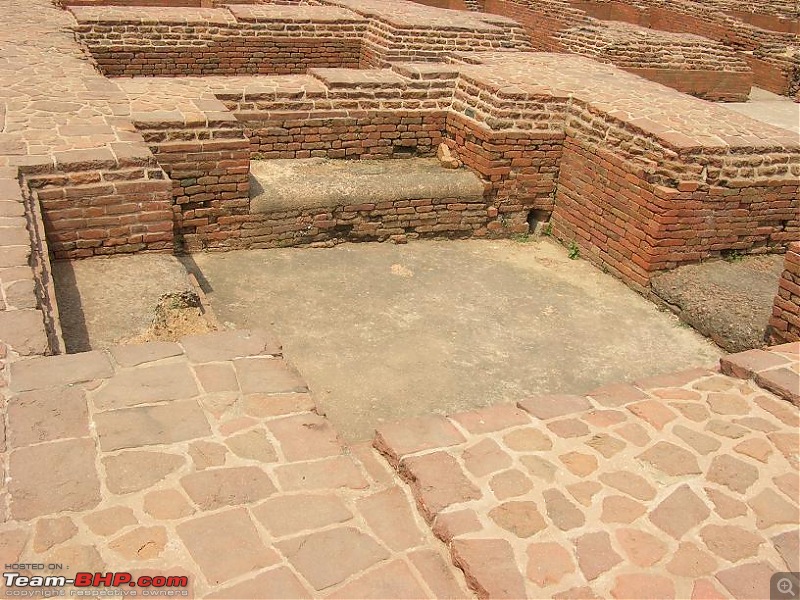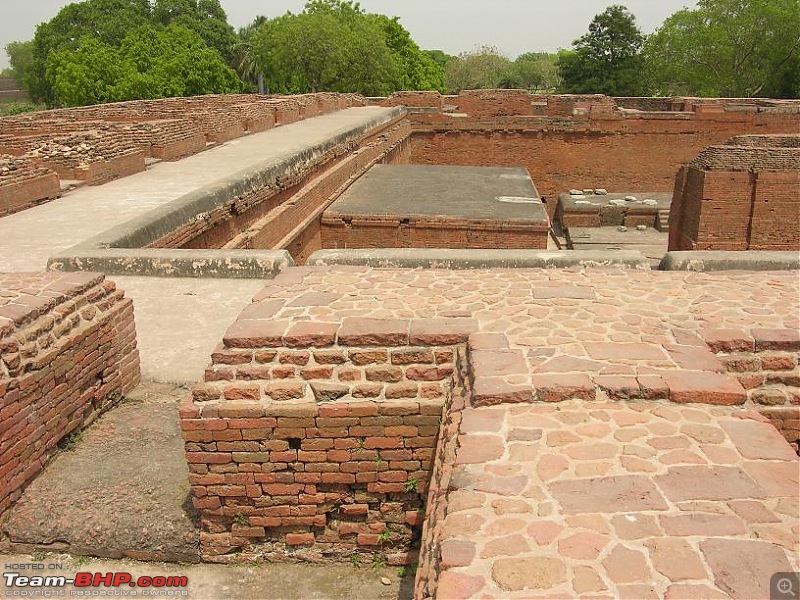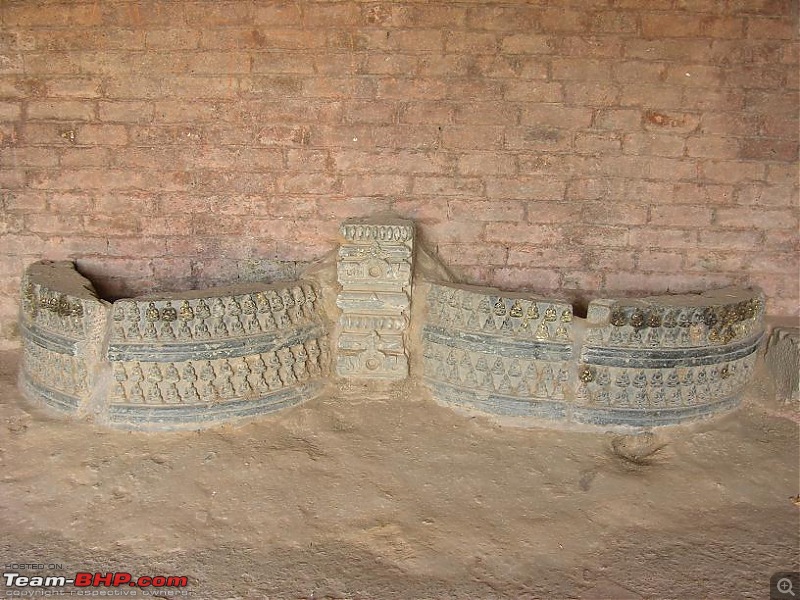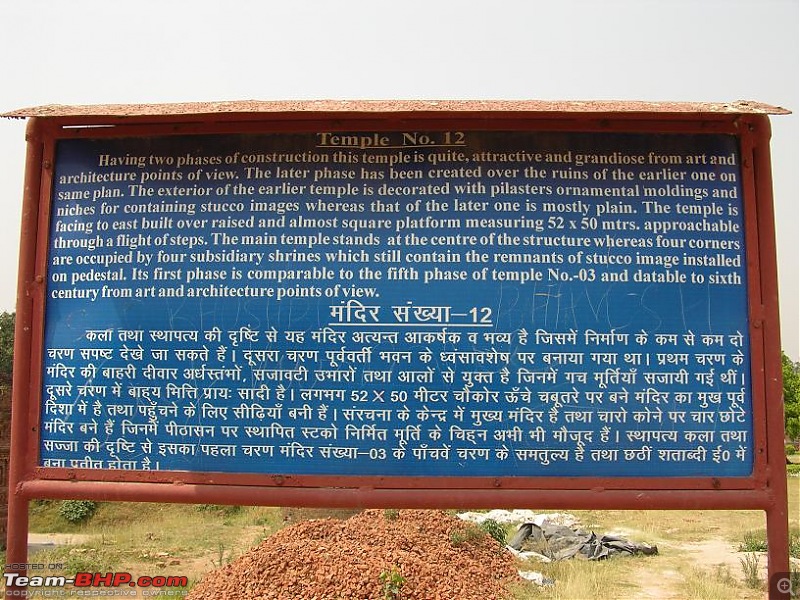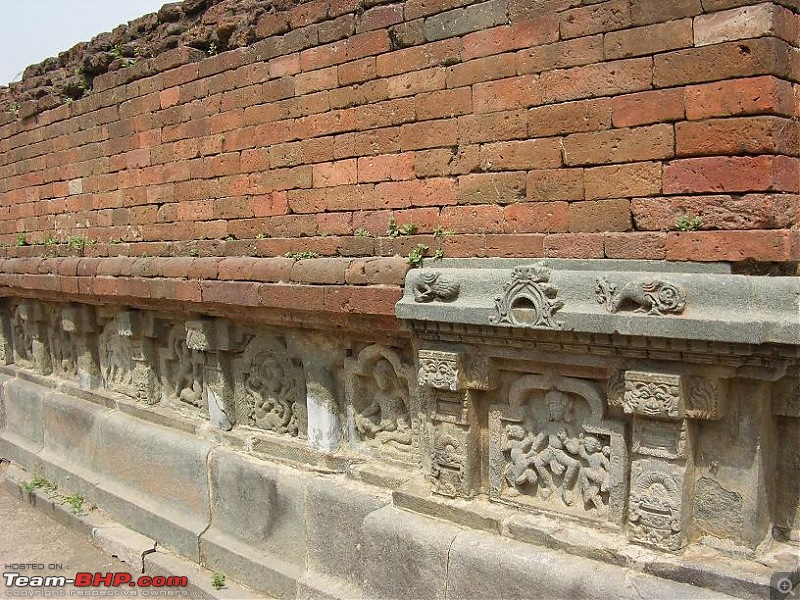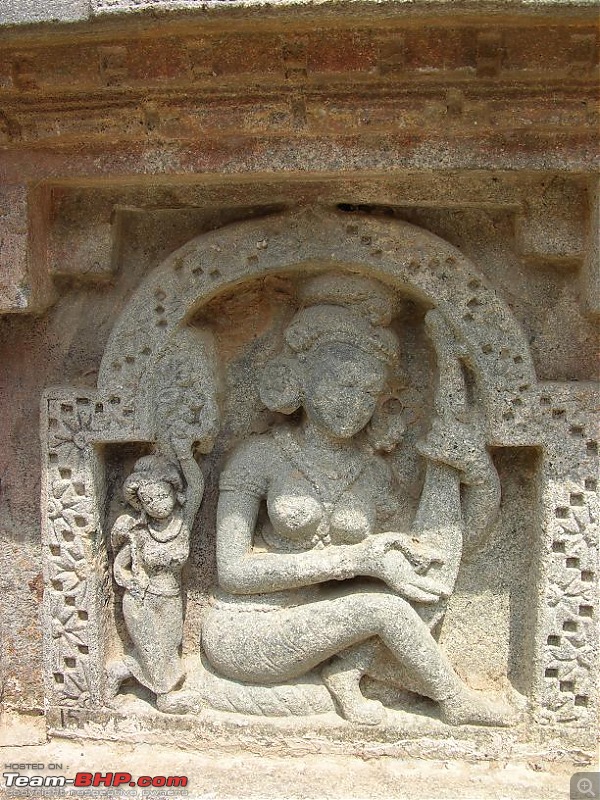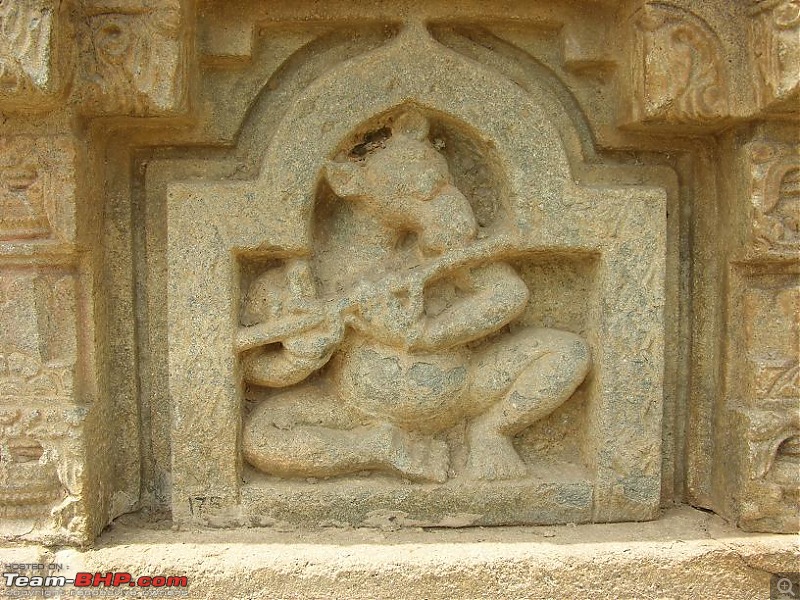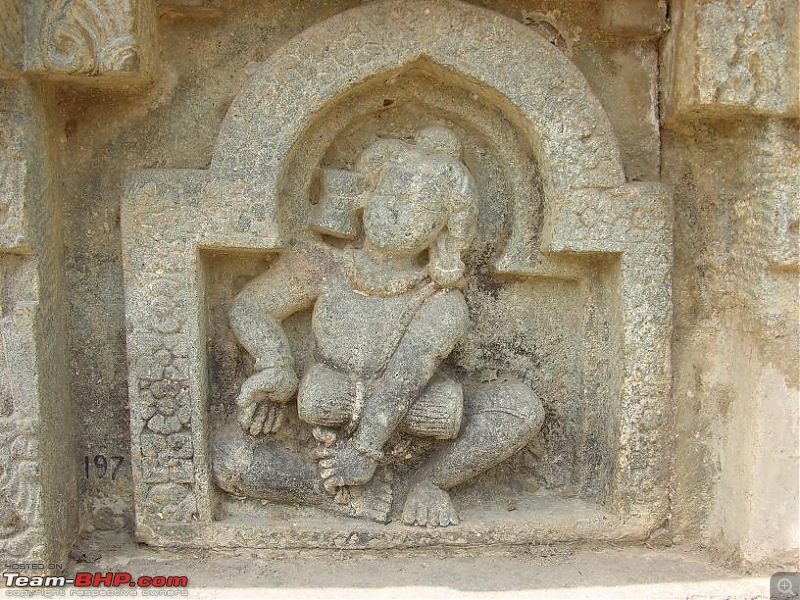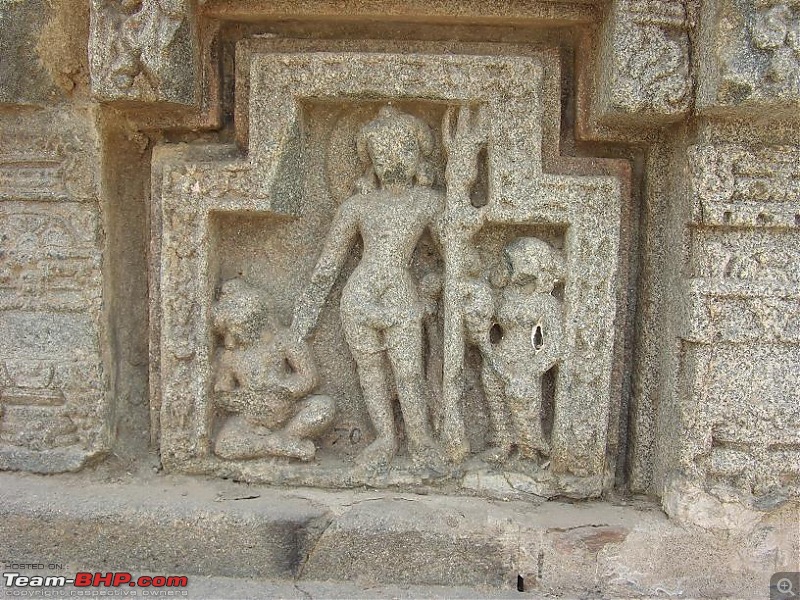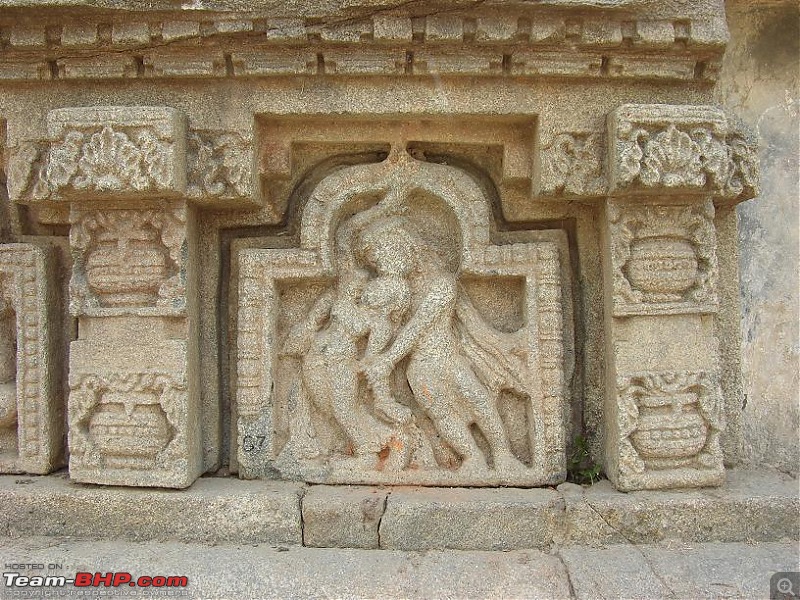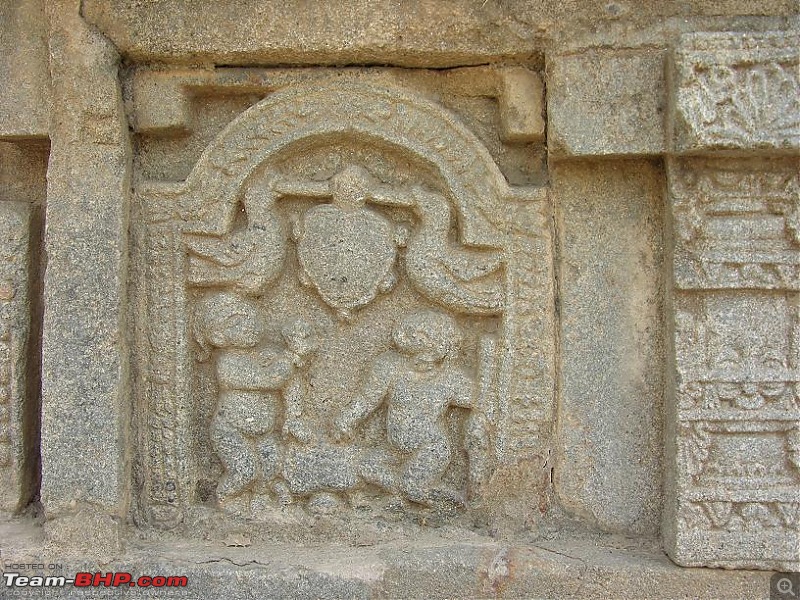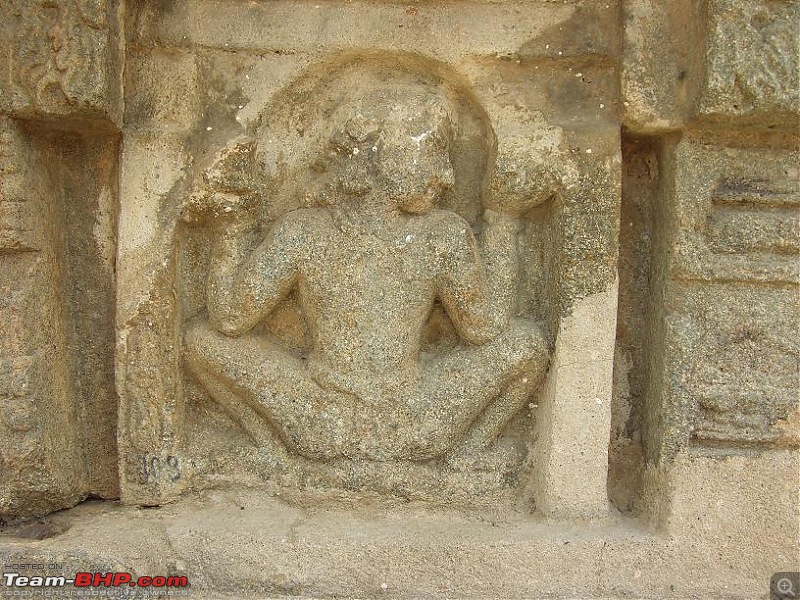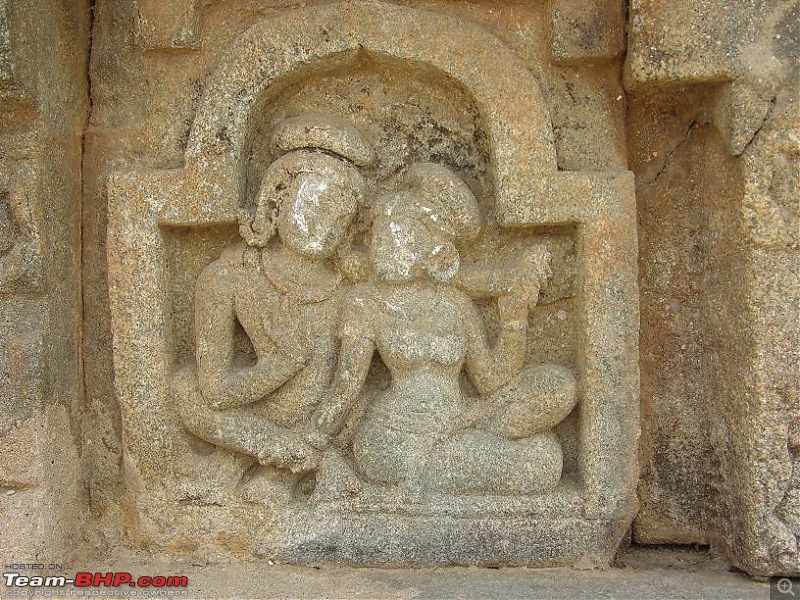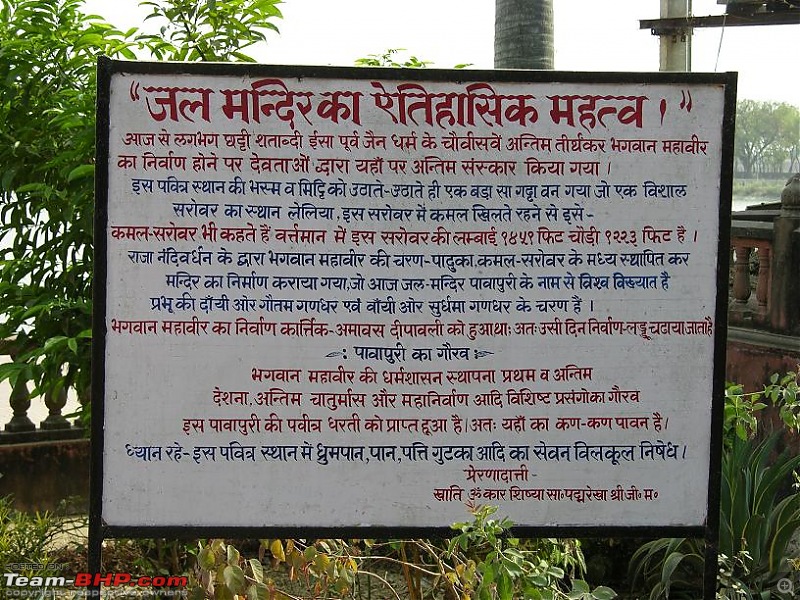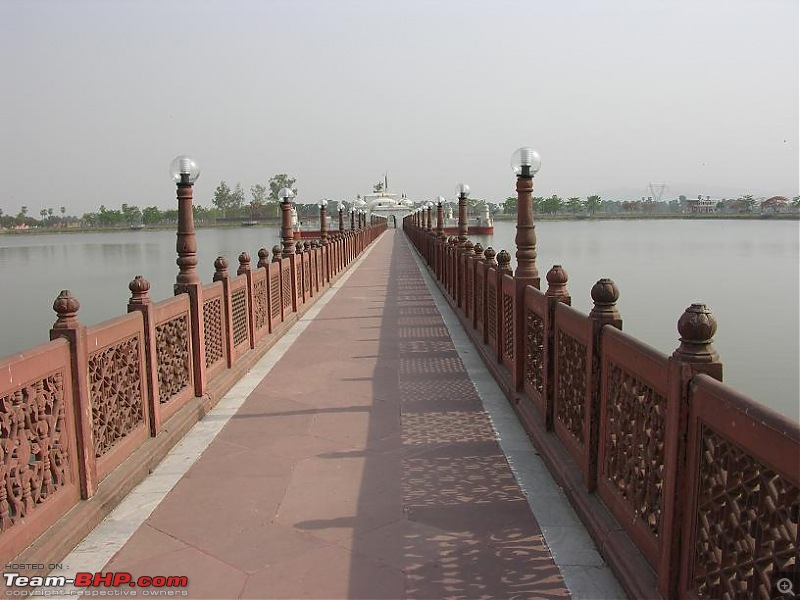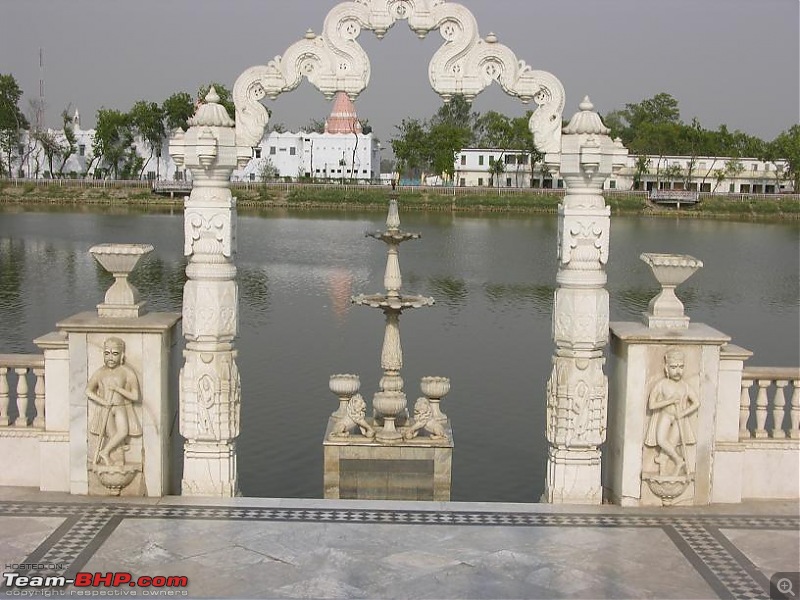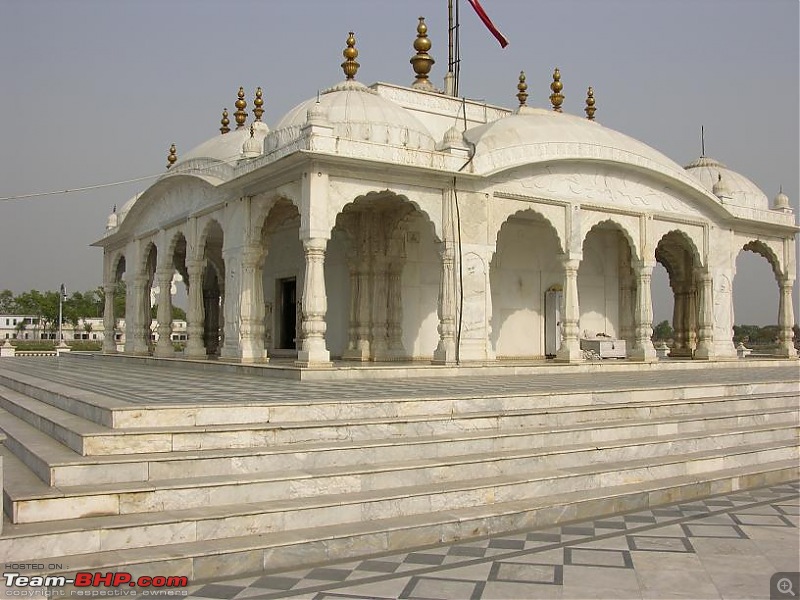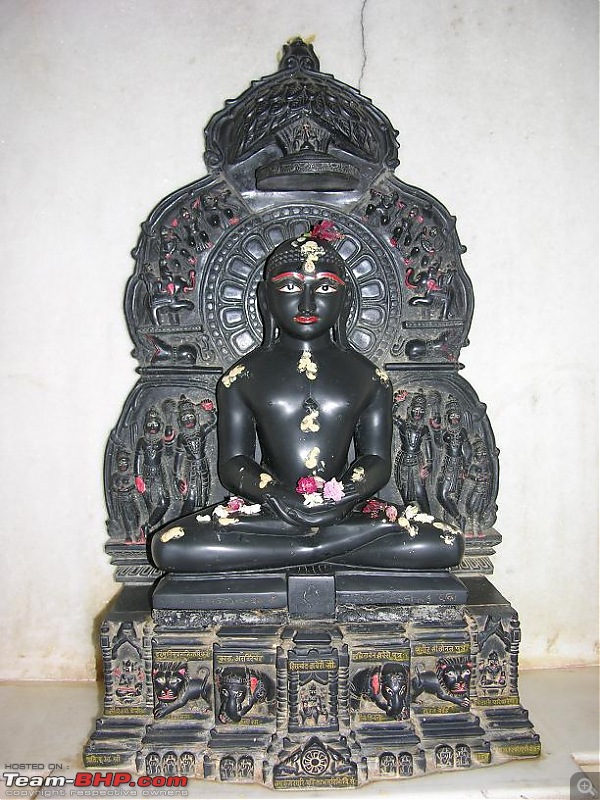Quote:
Originally Posted by ASHISHPALLOD  i am waiting for further post. |
Here I go...
Vaishali is around 180 kilometers from Rajgir. We have to go via Patna (55 kilometers north west of Patna). From Patna we continued on NH83 till Hajipur where we took a left turn towards Lalganj. From Hajipur, it’s a state road till Vaishali. The road is fairly decent and almost the entire stretch has mango groves on both the sides. Unfortunately we were a bit early to enjoy ripe mangoes.

Like Barabar hills, I haven’t read much about Vaishali. Vaishali was added to itinerary only after arriving at Bodh Gaya and after talking to the tourism office. The kingdom of Vaishali was never part of Magadh. Actually one of the reasons that Ajatshatru moved his capital from Rajgir to Patliputra was to better face the challenge posed by frequent pitched battles with the Licchavis. Vaishali finds mention in Ramayan as capital of King Vishal.
Mahavira was born in Vaishali and Buddha frequented Vaishali. Some texts suggest that Vaishali has also seen confrontation between the followers of Mahavira and Buddha in those times. Buddha is believed to have welcomed a lot of Mahavira’s followers into his philosophy while giving his last sermon and announcing his mahaparinirvana here. Buddha had then left for Kushisnagar where he attained mahaparinirvana. Vaishali also hosted the 2nd great Buddhist council (after the 1st one that was held at Saptaparni caves in Rajgir).
But the most interesting fact about Vaishali is that historians (based on ancient texts and archaeological findings) suggest that couple of centuries before Buddha and Mahavira, the Mahajanapada of Vajjis (of which Licchavis were part of) have created world's first democracy with an elected assembly of representatives. Vaishali was the capital of this Mahajanapad and Sanskrit was the official language.
****************************************
We arrived at Vaishali at around lunch time. We had plans for an overnight stay here and leaving for Patna next day early morning. But the government hotel (that was inaugurated by Rabri Devi) lies in shambles.

There’s no restaurant but the folks at the hotel were very cordial and got lunch arranged for us. We took an hour’s rest while waiting for lunch.
The lake as seen from the our room’s balcony
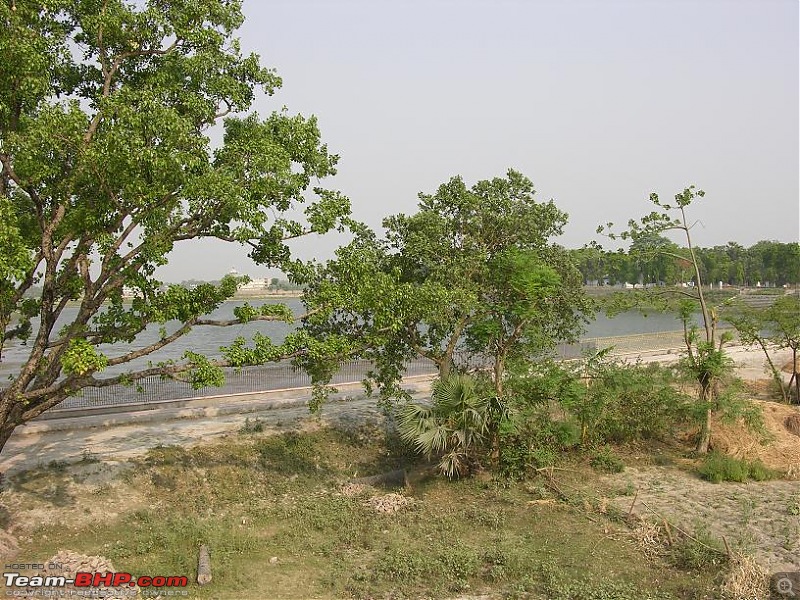
This lake is also known as “Abhishek Pushkarni” (Coronation Tank). The water of the lake was considered sacred and the oath taking ceremony for the elected representatives of Vajjis/Licchavis used to happen at this lake.
After the lunch, we visited the museum. The museum at Vaishali also has some marvelous finds and should be on your must visit list if you happen to visit Vaishali.
As we walk towards the museum which is just 100 meters from the hotel…
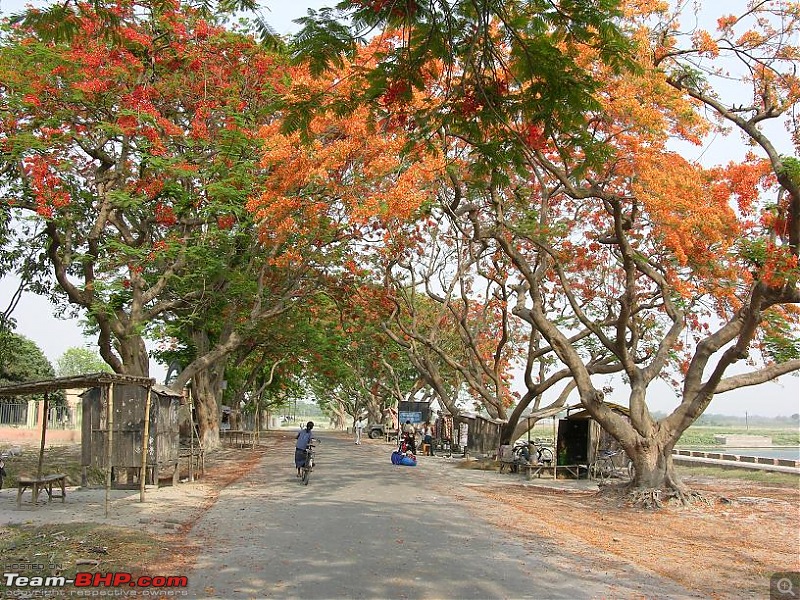
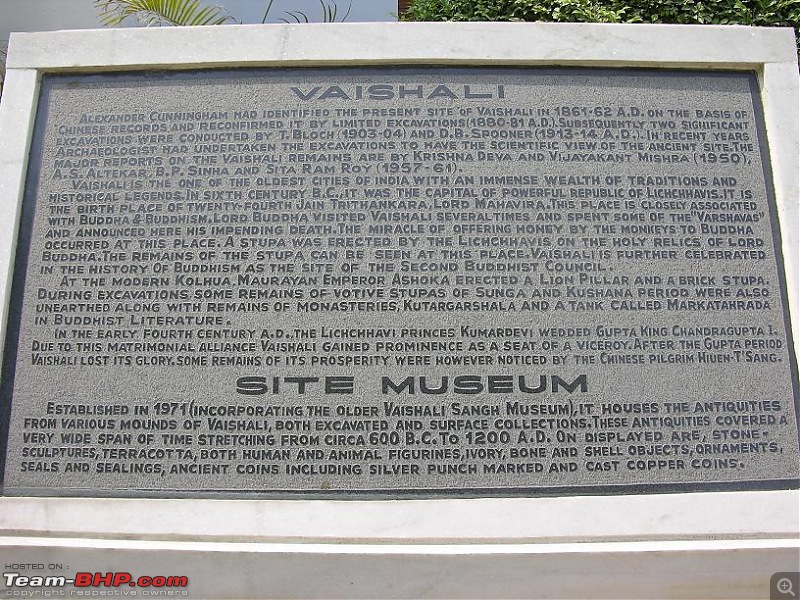
As you can see that Sir Alexander Cunningham’s name figure prominently here as well.
After the museum we walk down to the Relic Stupa.
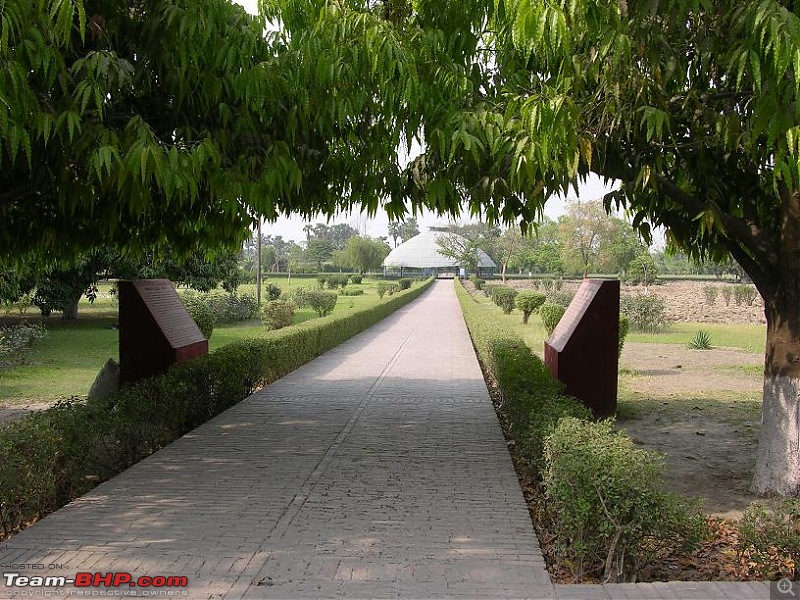
After the cremation of Buddha, it is believed that there were 8 contenders for His relics and so the relics were divided into 8 parts. One of the them happen to be the Licchavis. They built a small mud stupa in Vaishali to honor the relics. The stupa was later expanded by the kings and dynasties that followed.
That’s the relic stupa for us. An earthern pot believed to containing part of Buddha’s ashes has been recovered from this relic stupa. That earthern pot is presently housed in Patna Museum.

Mango trees are everywhere.

The relic stupa... the earther pot was discovered right at the center.
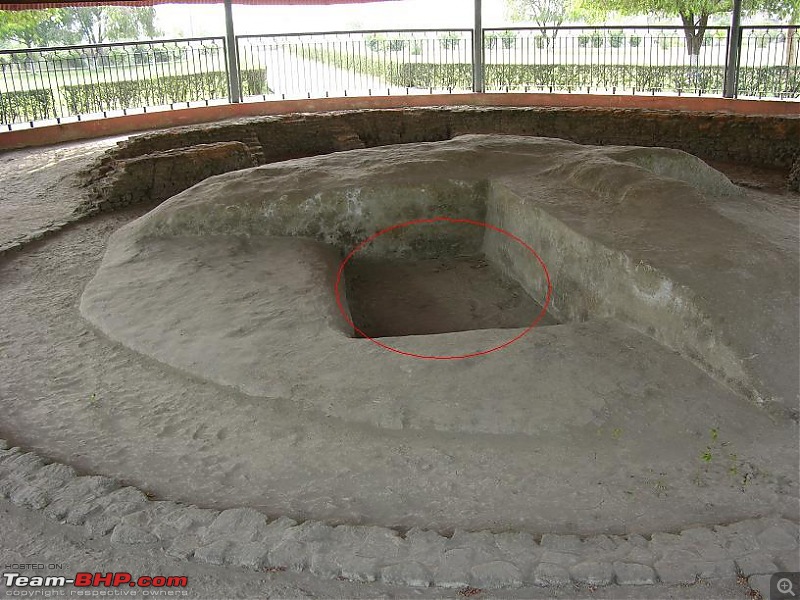
We then walk back to our hotel as we will need the car to travel to rest of the places in Vaishali. It appeared lonely to be visiting these places without a guide and just then our hotel manager offered to be our guide. As we discovered later, he turns out to be a great person.
The first place we visited was Kolhua which is around 2 kilometers from the hotel.

A beautiful stupa.
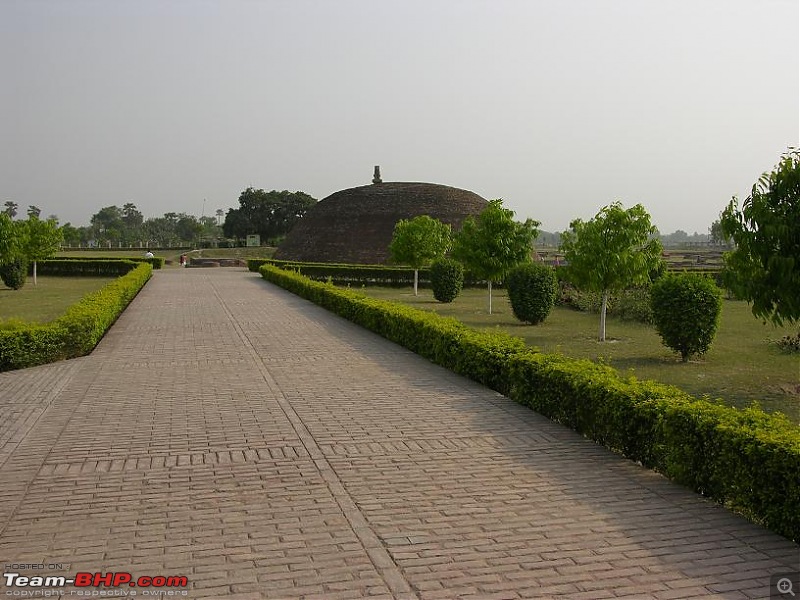
This stupa has been constructed over the corporeal remains of Ananda. Ananda was part of the core disciple team of Buddha. He is believed to be a memory whiz and after the mahaparinirvana of Buddha helped immensely in codification of His teachings as he remembered everything.
Ashoka’s pillar: Ashoka built this pillar to honor the place where Buddha gave his last sermon. This is the very place where Buddha gave his last sermon. And the Lion’s head is pointing in the direction in which Buddha left after giving his last sermon.
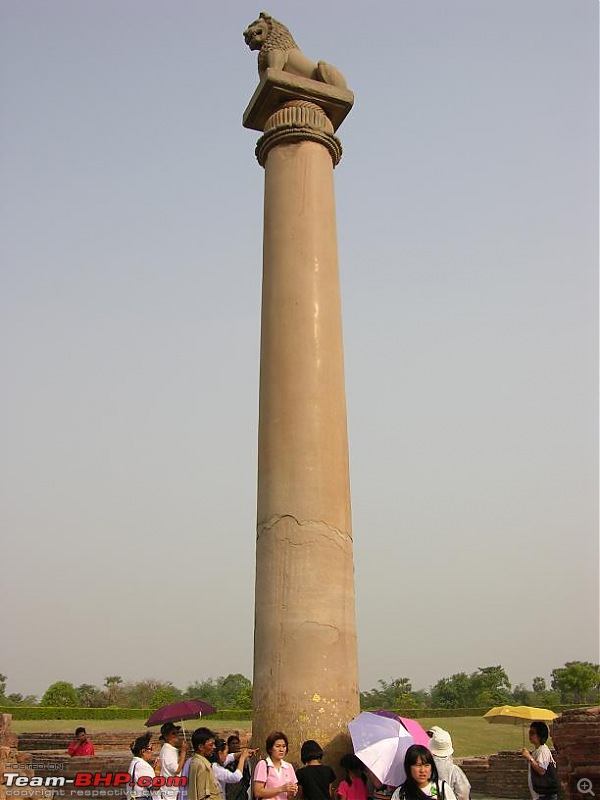
This is the only Ashokan pillar that has no damages whatsoever.
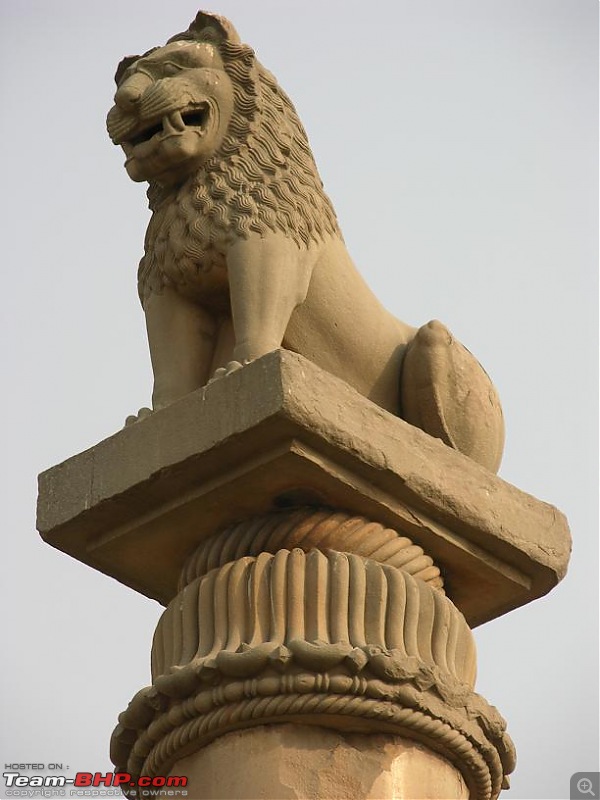
If you noticed there is a bus full of Thai tourists. And to my surprise a beautiful girl walks up to us and asks my aunt if she would mind a photograph with her. Of course my aunt obliged. At 73 years I envy my aunt’s charm. I am not sure if I will even live that long.
This water tank is one of the 8 legends in Buddhists text and is believed to have been dug by monkeys.

All put together.

There are two monasteries as well.
One of them is swastika shaped. It was build for nuns. That reminds me of Amrapali - the illustrious royal courtesan of Vaishali. According to some legends Amrapali was the first women arahant. Her unwavering devotion to Buddha, have Buddha change his mind and allow women arahants in to Dharma and Sangha. Our hotel manager is quite unhappy that the birth place of Amrapali (identified some couple of kilometers away) has seen no attention from government).


Just next to Swastika shaped monastery is Kutagarshala. Buddha used to stay in Kutagarshala while at Vaishali. It would have been expanded into a monastery in later periods.

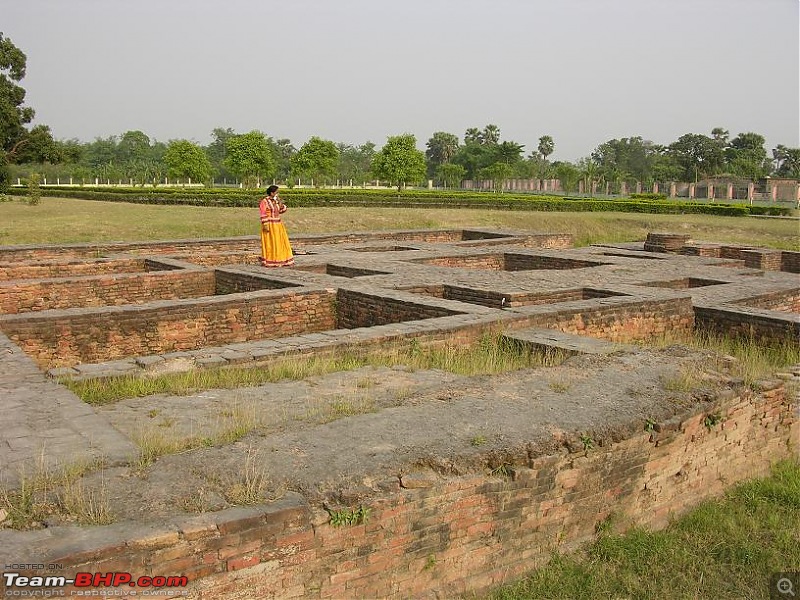
The Thai group was having a long prayer meeting at the stupa.
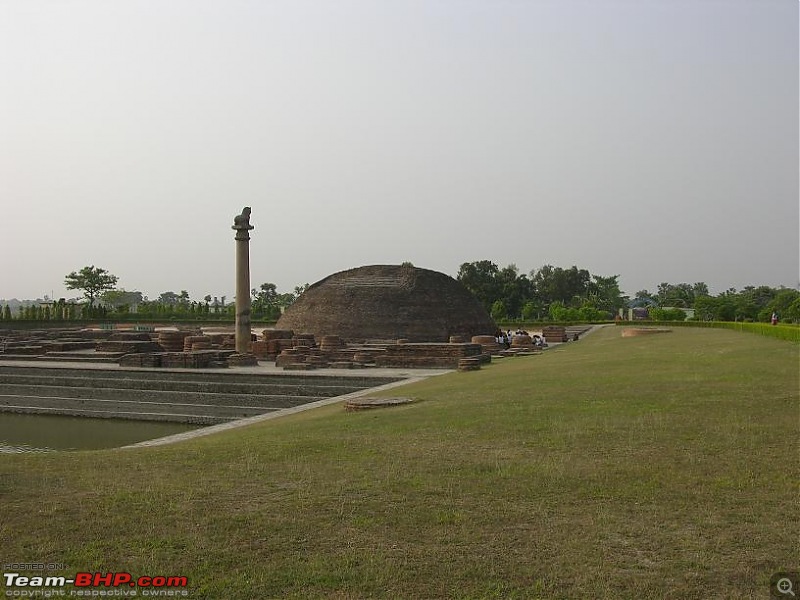 To be continued…
To be continued… 





 Hope you believe me.
Hope you believe me.


